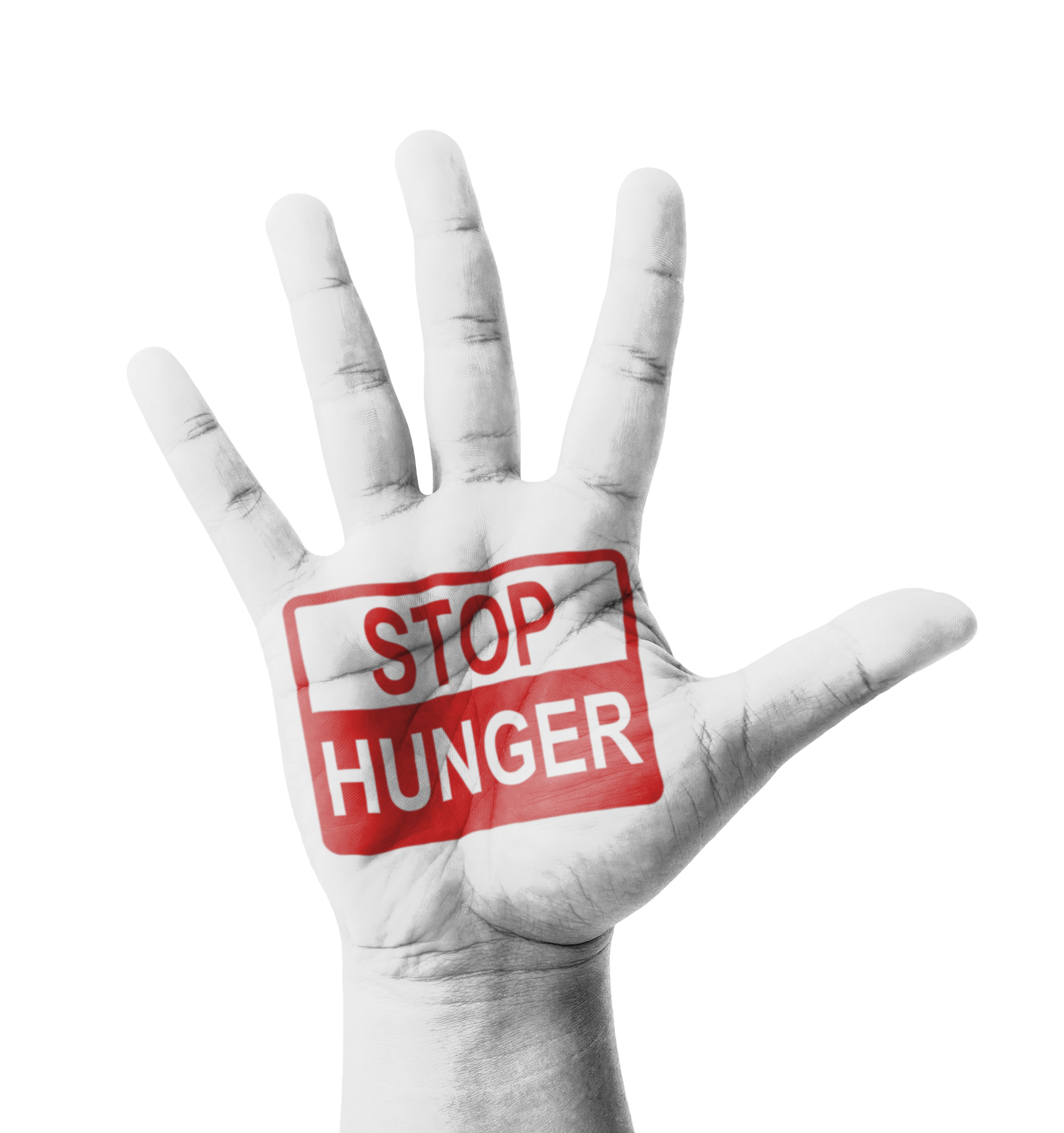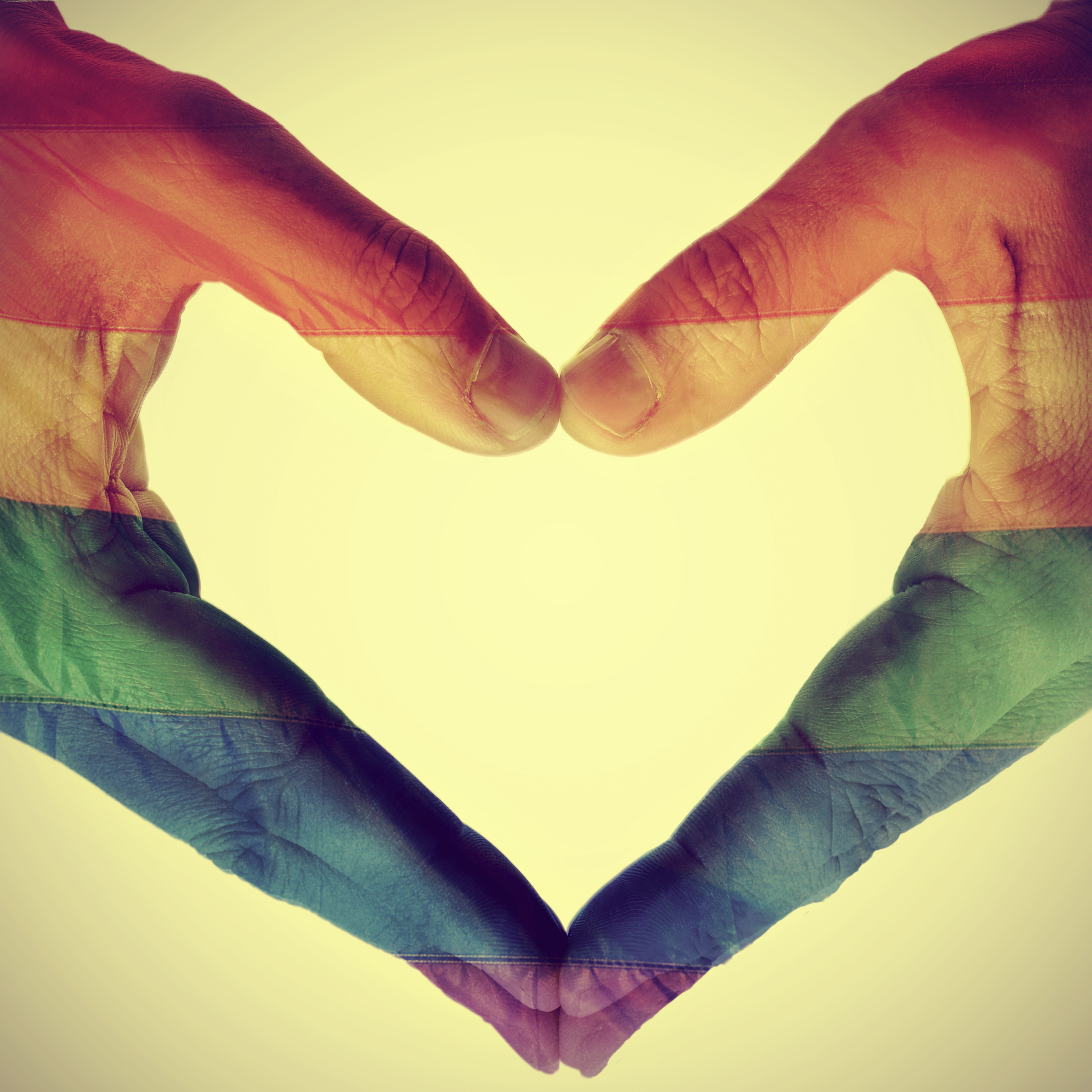It’s been great to read your feedback on our blog. Several of you mentioned being interested in the concept of mindfulness and the challenges of practicing mindfulness when the busyness of life gets in the way.
As I was thinking about this mindfulness blog, everywhere I looked I saw resources for mindfulness! It was as if the universe was telling me that this was a timely blog to write. I also took some time to reflect on my background—my father is a professor of Asian religions, specifically an expert in Theravada Buddhism. I grew up going to school in Thailand during his sabbatical years and we were often around Buddhist monks, who are certainly experts in practicing mindfulness! So, I’m particularly interested in how all of us can practice mindfulness in our daily lives—especially when our lives are hectic, filled with noise, challenges, hundreds of emails and pings from social media, work and school pressures, and the myriad of life’s issues that can impede our ability to stop….quiet our minds….and practice mindfulness.
The good news is that there are many resources to help us all understand and practice mindfulness. As Jerry Braza writes, “mindfulness is the practice of becoming fully aware of each moment and one’s experiences of that moment.” In his book, Moment by moment, Dr. Braza shares ten strategies for developing mindfulness in work, school, and home:
- Let go
- Open your heart
- Simplify
- Forgive
- Be mindful
- Breathe!
- Speak from your heart
- Think health
- Appreciate others
- Look deeply
Another book that I’ve found particularly helpful is Manuela Reeds’ book, 8 keys to practicing mindfulness: Practical strategies for emotional health and well-being. In this book, Manuela shares these 8 strategies:
- Meet the present moment
- Start where you are
- Slow down
- Befriend your body
- Trust your sensations, tame your emotions
- Ride through tough times
- Cultivate inner calmness
- Choose abundance
These two books are really great roadmaps for cultivating mindfulness. As I was contemplating writing this blog, I received an email invitation to join Oprah and Deepak’s 21-day meditation experience starting on July 13th (https://chopracentermeditation.com). This is a wonderful opportunity to learn to practice mindfulness, led by Deepak Chopra. Won’t you join me?
With Gratitude,
Dr. Sue




 James currently lives in Washington, DC where he works in non-profit fundraising, development and external communications. He has extensive experience in social justice and progressive advocacy including health care accessibility, LGBT electoral politics, and K-12 and higher education. He is a proud alumnus of Arizona State University and enjoys running, crossfit and his monthly gay book club meetings.
James currently lives in Washington, DC where he works in non-profit fundraising, development and external communications. He has extensive experience in social justice and progressive advocacy including health care accessibility, LGBT electoral politics, and K-12 and higher education. He is a proud alumnus of Arizona State University and enjoys running, crossfit and his monthly gay book club meetings.